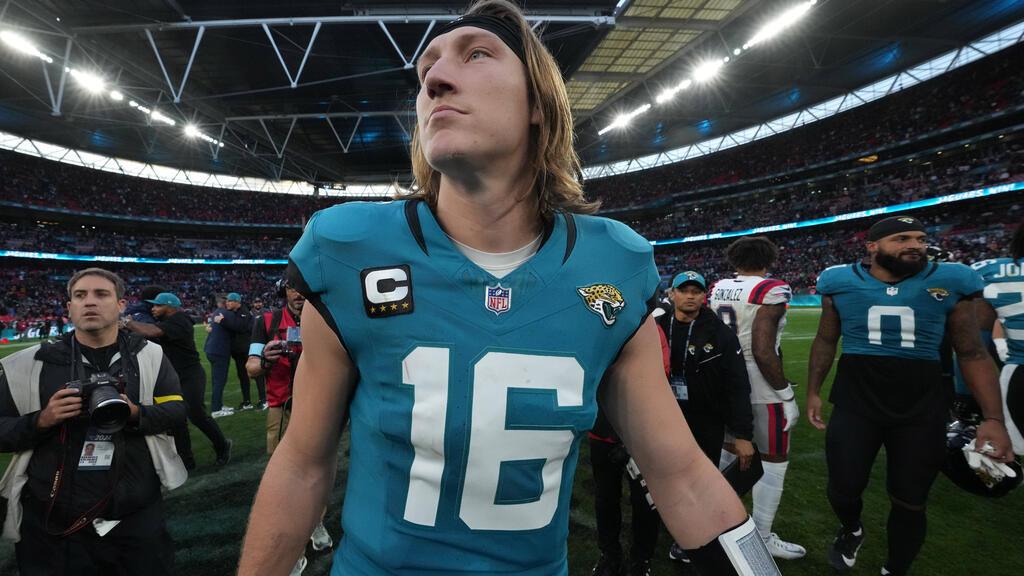The Rise of Football on TV: Trends and Impacts

Introduction
Football has traditionally held a special place in the hearts of sports fans, and its portrayal on television plays a pivotal role in shaping public engagement with the sport. In recent years, the world of football on TV has undergone a revolution, driven by technological advancements and changing viewership habits. This trend is not only transforming how fans watch matches but also altering the landscape of sports broadcasting.
Current Trends in Football Broadcasting
As of 2023, major broadcasting networks around the world invest heavily in securing rights to air football matches, recognising the sport’s immense popularity. The English Premier League, La Liga, and Serie A all command significant broadcasting deals, highlighting a fierce competition among channels to attract viewers. For instance, Sky Sports and BT Sport continue to dominate the UK market, while streaming services like Amazon Prime and DAZN are carving out their niches by providing innovative viewing experiences.
The integration of high-definition and 4K broadcasting has significantly enhanced viewers’ experiences, allowing fans to immerse themselves in matches as if they were at the stadium. This technological advancement has attracted a broader audience across various demographics, including younger viewers who may have previously preferred smaller sports.
The Impact of Streaming Services
Streaming services have become a game changer for the football viewing experience. Platforms such as ESPN+, Peacock, and Paramount+ offer fans the ability to watch games on demand, thereby catering to diverse schedules and lifestyles. This shift towards streaming has also brought football to international audiences, expanding the reach of leagues to fans who may never have had access to them through traditional means.
Challenges and Controversies
Despite the positive trends, the world of football on TV is not without its challenges. The rising costs of broadcasting rights have resulted in increased subscription fees for viewers, leading to debates about accessibility and equity in sports broadcasting. Additionally, there are ongoing concerns about the balance between local broadcasting rights and global accessibility, which could alienate some regions from enjoying football.
Conclusion
The evolution of football on TV reflects broader trends in media consumption and viewer engagement. As the sport grows increasingly integrated into the digital world, fans can expect more personalised viewing experiences that cater to their individual preferences. However, broadcasters must navigate the challenges associated with rising costs and differing access to ensure that the love for football continues to thrive across all platforms. Looking ahead, it will be vital for stakeholders to strike a balance between profitability and accessibility to maintain football’s position as one of the world’s most beloved sports.
